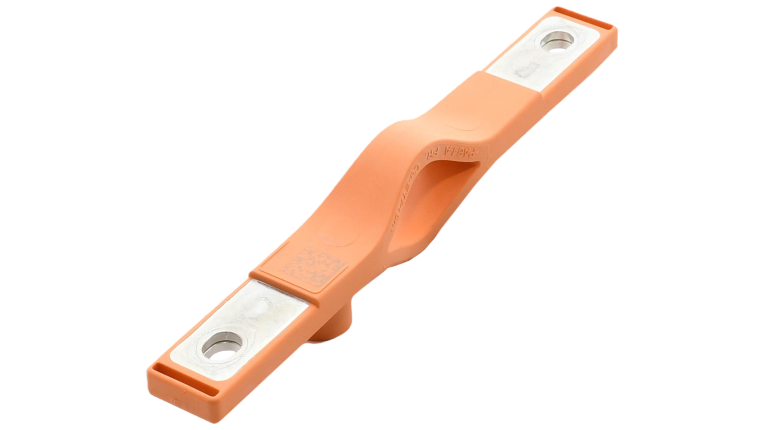SABIC Advancing Busbars Used in EV Batteries with Flame Retardant Polypropylene Solution
25/08/2023
One of SABIC’s flame retardant materials, SABIC® polypropylene compound (PPc) H1030, is poised to help transform the manufacturing of high voltage busbars in electric vehicle battery packs.
Busbars are critical components, responsible for the transmitting of power from the battery to various electric drivetrain components. Polyamide (PA), polybutylene terephthalate (PBT) and polyvinyl chloride with mica are commonly used materials today.
Under its BLUEHERO™ electrification initiative, SABIC has identified its flame retardant SABIC PPc H1030 as a potential game changer for this component. This short glass PP can offer numerous advantages over PA or PBT-based materials – such as lower costs and intumescent charring capability to meet critical safety requirements. The PPc material is also non-halogenated and non-brominated.
“We are at highly advanced stages of solution development with industry on use of this material in busbar applications,” said Dhanendra Nagwanshi, who leads SABIC’s BLUEHERO activities globally. “We expect to see busbars with this material in battery packs on production vehicles in the near future. We’re particularly excited about being able to deliver a solution that can keep busbars from being conductive during thermal runaway events, which addresses a critical concern area of automakers and the EV value chain.”
Indeed, hot gases resulting from a thermal runaway event can potentially melt a busbar material and increase the risk of short circuits and potential fire hazards.
SABIC’s validation work has confirmed that SABIC PPc H1030 can reduce the risk. The material’s built-in flame retardant properties, excellent thermal stability and resistance to high temperatures can help maximize optimal performance under demanding operating conditions. These material characteristics are particularly crucial for electric cars, as they often experience high heat generation during fast charging or extended usage.
By using SABIC PPc H1030 for high voltage busbars, manufacturers can potentially mitigate the risks associated with thermal management, thereby extending the lifetime of the power distribution system.
SABIC PPc H1030 is a high-performance PPc designed specifically with high voltage applications in mind. It offers exceptional electrical properties including high dielectric strength and low dissipation factor, enabling efficient power transmission with minimal energy loss. This combination of properties enhances system performance, allowing EVs to achieve greater range and powertrain efficiency.
“This PPc material and its development is an excellent example of our work under BLUEHERO to deliver to industry what they need to elevate battery pack performance,” said Nagwanshi. “We see this material, with its exceptional electrical properties and thermal stability, as setting a new benchmark for high voltage busbars in EVs. We’re excited to work with more automakers and their partners on this battery pack improvement opportunity.”

